While certain “chosen” conflicts attract media attention worldwide, many “stealth conflicts” remain largely underreported.
Iraq, Syria, Ukraine and Gaza — these are the world’s conflicts that will be remembered as those that “mattered” for the year 2014. Or at least that is what the high levels of policy, media and public attention devoted to these conflicts would suggest. Conflict in the Central African Republic (CAR), on the other hand, is largely absent from the public consciousness in the world outside the region, and its future place in our collective memories is tenuous to say the least. The same can be said for the remaining 20-40 armed conflicts the world hosts at any given time, depending on who is — and how they are — counting.
Stealth Conflicts
With a limited capacity for attention and resources, selectivity is sadly inevitable. But what is it that makes a handful of these conflicts worthy of special attention, and the others essentially “stealth conflicts” — those are played out off our radar screens, beyond our consciousness? While there are several factors that need to be considered, one thing we can say with confidence is the scale of the conflict, measured in the loss of human lives and overall humanitarian suffering, is not a substantive factor. This is somewhat paradoxical, given that much of the media coverage of these conflicts focuses, often in an emotive manner, on the humanitarian suffering of the victims. It is clear there are other reasons for which these conflicts are “chosen.”
The reported death toll from conflict in the CAR for this year stands at over 5,000 — and this is only counting reported violent deaths, and is “almost certainly a fraction of the true death toll.” In terms of the number (and brutal nature) of violent killings, this conflict is perhaps roughly comparable to the offensives by what is now known as the Islamic State (IS). But even this exceptionally conservative death toll is roughly double that of the Israel-Gaza conflict, and of the conflict in Ukraine. And were we able to factor in the non-violent conflict-related deaths from the CAR, the gap would undoubtedly grow much further. After all, non-violent deaths, caused by sickness and starvation, often account for as much as 90% of conflict-related deaths in African countries.
The trigger for the current phase of the conflict dates back to March 2013, when Francois Bozize’s administration fell to a rebel coalition known as Seleka. But the new government’s ability to stabilize and govern the country was found sorely wanting. Abuses by Seleka fighters (primarily Muslim) saw the rise of a powerful counter-coalition, known as the anti-Balaka (primarily Christian), and the conflict quickly became polarized along religious lines. The Muslim minority was targeted en masse by the anti-Balaka for brutal attacks, including massacres and even the beheading of children. By early 2014, some 20% of the country’s population had been displaced, and as many as 2.5 million people were thought to be in need of humanitarian assistance. The word “genocide” began to appear in reports assessing how the conflict would progress.
A tally of best estimates of conflict death tolls throughout the world from the end of the Cold War until 2007 found that 88% of the world’s conflict-related deaths occurred in Africa.
For a time, the conflict attracted a moderate degree of media attention. From January to the end of April 2014, The New York Times, for example, produced 33 articles (including blogs) on the subject of the CAR. But by April, the bulk of the Muslim population had been either murdered or forced to flee from the capital city, Bangui. Meanwhile, the United Nations Security Council authorized a medium-sized peacekeeping force to complement and eventually replace African Union and European peacekeepers that were already on the scene. These two factors seemed to act as a cue to news editors that the story was over, and that it was time for this modest carnival of sympathy and outrage to move on.
From the beginning of May until today, The New York Times has published only five articles on the subject. Whatever interest there once was, has clearly gone. The reality is, however, that the violence has simply continued its spread beyond the capital city, resulting in an ever-growing death toll and a dire humanitarian situation – observers on the ground noted that the situation had become worse. Furthermore, the UN peacekeepers were not scheduled to begin arriving until September.
Choosing Your War
But even considering the time when the conflict in the CAR did manage to garner some media attention, the level of coverage falls woefully short of that for the chosen conflicts. The number of articles published by The New York Times on the Israel-Gaza conflict in just one month (from the time of the outbreak of violence in July – 134 articles), for example, was more than three times the number published on the CAR for the year so far (38 articles). The New York Times has published more than 500 articles on the subject of Ukraine from January to date.
A look at other African conflicts over a longer-term reveals a much starker contrast. A tally of best estimates of conflict death tolls throughout the world from the end of the Cold War until 2007 found that 88% of the world’s conflict-related deaths occurred in Africa. This includes the world’s deadliest conflict, possibly since the Korean War – that in the Democratic Republic of Congo (DRC). This conflict is thought to have resulted in an incredible 5.4 million deaths in the period from 1998 to 2007, making it hundreds of times deadlier than conflict in Israel-Palestine. The organization behind the mortality surveys, the International Rescue Committee (IRC), stopped counting in 2007, but the conflict continues until this day. Considering how little media coverage this conflict has received over the years, it is indeed the ultimate stealth conflict.
Israel-Palestine, on the other hand, is the ultimate chosen conflict. It occupies a unique position with regards to conflict-related attention. Studies have shown this conflict alone has been capable of attracting more media coverage by Western media corporations than all of Africa’s conflicts combined. There was never any question that this year’s Israel-Gaza conflagration would be met with saturation media coverage, including a blow-by-blow account of the violence, accompanied by a fierce public battle for the moral high ground. Every aspect of the conflict was scrutinized and assessed – even celebrity clashes of opinion on the matter were treated as news. Media, War & Conflict, an academic journal that analyzes media coverage, felt compelled to release a virtual special issue on the matter. Several political cartoonists even produced cartoons lamenting that the conflict was being neglected because the world’s attention was occupied by the World Cup football festivities in Brazil – at a time when it was still the world’s most-covered conflict.
Likeable Victims
So if the scale of a conflict (in terms of humanitarian suffering) does not contribute substantively to decisions regarding our allocation of attention to conflict, then what does? National and political interest is an obvious and powerful factor. A conflict involving the “home” country or its citizens (as belligerent or victim) automatically becomes a chosen conflict. The Israel-Palestine conflict is unique in the breadth and strength of its attraction based on political interests beyond the direct “home” country interests.
National/political interest may also include other perceived macro-level narratives – the notion that a new Cold War is brewing, and that the conflict in Ukraine is part of this, for example. Similarly, the IS onslaught in Iraq and Syria has come to be viewed by many in Western governments as a threat to national interests because of a perceived link with terrorism. This only applies to a particular variety of “terrorism,” of course – that which is perceived as being a threat to Western interests. The terror used by the anti-Balaka militia to expel the Muslim population from their homes in the CAR does not fit the preferred Western frame for terrorism, and as such, the conflict is presented as being unrelated to “terrorism.”
The ability to identify is another key factor. This is a matter of the existence of a shared identity between the victims and potential spectators of conflict in one or more of the following forms: race, nationality, language, religion, culture and socioeconomic status. Whether it is Bosnia, Kosovo, or Ukraine, conflicts occurring in Europe, for example, will always be chosen conflicts, not just in nearby European countries (something that can easily be explained by national interests and proximity), but also in distant countries, such as Australia, New Zealand and Canada, where perceived racial and socioeconomic similarities make them worthy of attention. The identity gap that exists between a predominantly white and affluent audience in the West, and predominantly black and impoverished victims of conflict in Africa, puts these conflicts at a large disadvantage in attracting and sustaining attention. The CAR is no exception.
The fact of the matter is, we tolerate conflict-related death in Africa on a level that would be unimaginable for almost any other part of the world.
The ability to sympathize is also a factor that must be considered. While the vast majority of the victims of most of the world’s conflicts are non-combatants, and should thus in theory be able to attract our sympathy, we tend to see the victims not as individuals, but in terms of national, ethnic or religious groupings. Our allocation of sympathy is therefore based on the level of “innocence” or victimhood that we ascribe to each of the particular groups that are involved in the conflict. As a non-combatant group under threat of being massacred by the IS in Iraq, the Yazidi people besieged on Mount Sinjar in August, for example, were able to garner considerable sympathy from the outside world. Connecting the notion of “genocide” to a particular conflict, which did occur at one point for the Yazidis, carries tremendous weight in this regard.
While the word “genocide” also appeared briefly regarding the conflict in the CAR, the association did not last. It must also be noted that conflicts in Africa tend to be at a disadvantage in terms of the ability to sympathize, because, regardless of actual underlying causes or conflict dynamics, they are often perceived as being “tribal,” involving different groups “killing each other,” thereby depriving groups, and their members, of victimhood.
The intention here is not to negate the inevitability (or perhaps even validity) of certain factors, such as national/political interest and the ability to identify or sympathize, when choosing the conflicts in which we will take an interest. Nor is it meant in any way to belittle the suffering of the victims of conflicts that are relatively small in scale. Any conflict-related death is a tragedy and worthy of our condemnation.
But, by the same token, we should not use the suffering of the victims of “chosen” conflicts to pretend that our motives for bestowing sustained and concentrated attention on a particular conflict and its victims are primarily humanitarian, when it is clear there are other factors that play a much greater role in determining our choices. The fact of the matter is, we tolerate conflict-related death in Africa on a level that would be unimaginable for almost any other part of the world.
The scale of the suffering as a result of the very-much ongoing conflict in the CAR, both in terms of the sheer number of deaths, displaced and those in need of humanitarian assistance, and our muted response to it, serve to demonstrate that our allocation of attention, indignation and sympathy, is less a question of what has been done, and more a question of who has done it, and perhaps most importantly, to whom it has been done.
The views expressed in this article are the author’s own and do not necessarily reflect Fair Observer’s editorial policy.
1 comment
Leave a comment
You must be logged in to post a comment.
Support Fair Observer
We rely on your support for our independence, diversity and quality.
For more than 10 years, Fair Observer has been free, fair and independent. No billionaire owns us, no advertisers control us. We are a reader-supported nonprofit. Unlike many other publications, we keep our content free for readers regardless of where they live or whether they can afford to pay. We have no paywalls and no ads.
In the post-truth era of fake news, echo chambers and filter bubbles, we publish a plurality of perspectives from around the world. Anyone can publish with us, but everyone goes through a rigorous editorial process. So, you get fact-checked, well-reasoned content instead of noise.
We publish 2,500+ voices from 90+ countries. We also conduct education and training programs
on subjects ranging from digital media and journalism to writing and critical thinking. This
doesn’t come cheap. Servers, editors, trainers and web developers cost
money.
Please consider supporting us on a regular basis as a recurring donor or a
sustaining member.
Will you support FO’s journalism?
We rely on your support for our independence, diversity and quality.


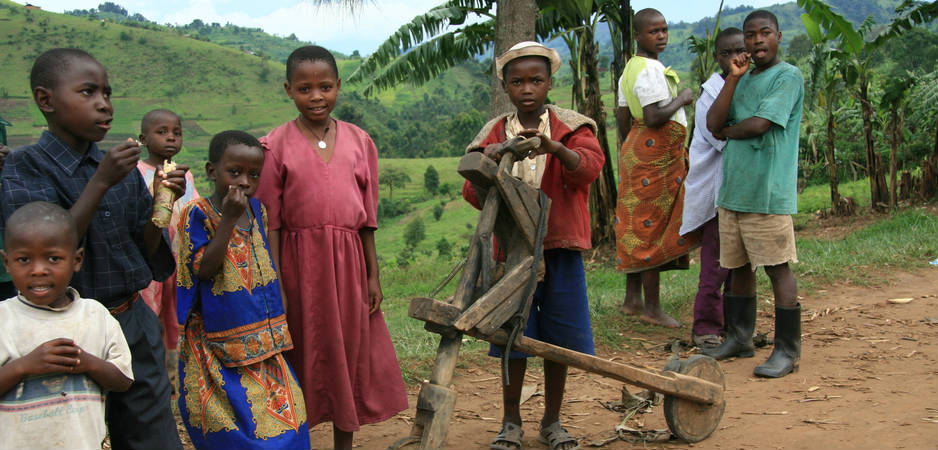
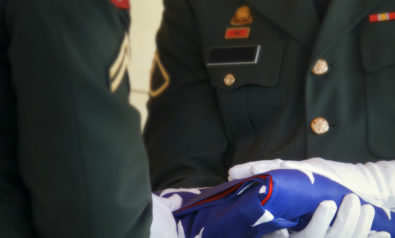




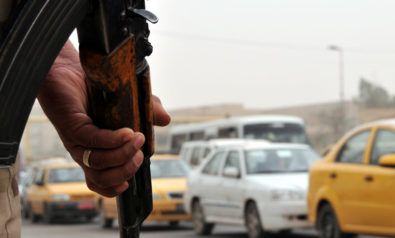
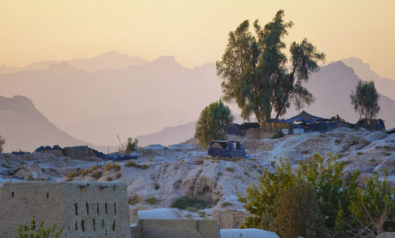

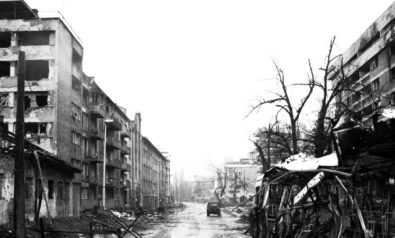







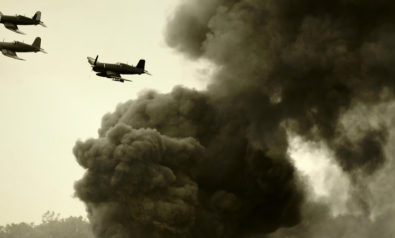
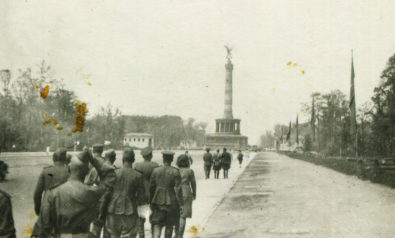






KaYa
October 3, 2014
Very well-written article. And the analysis is spot on. Which is why it worries me that I am the first to comment on it here. I hope that it does not become a "stealth article". This is an issue that is in serious need of attention and discussion.